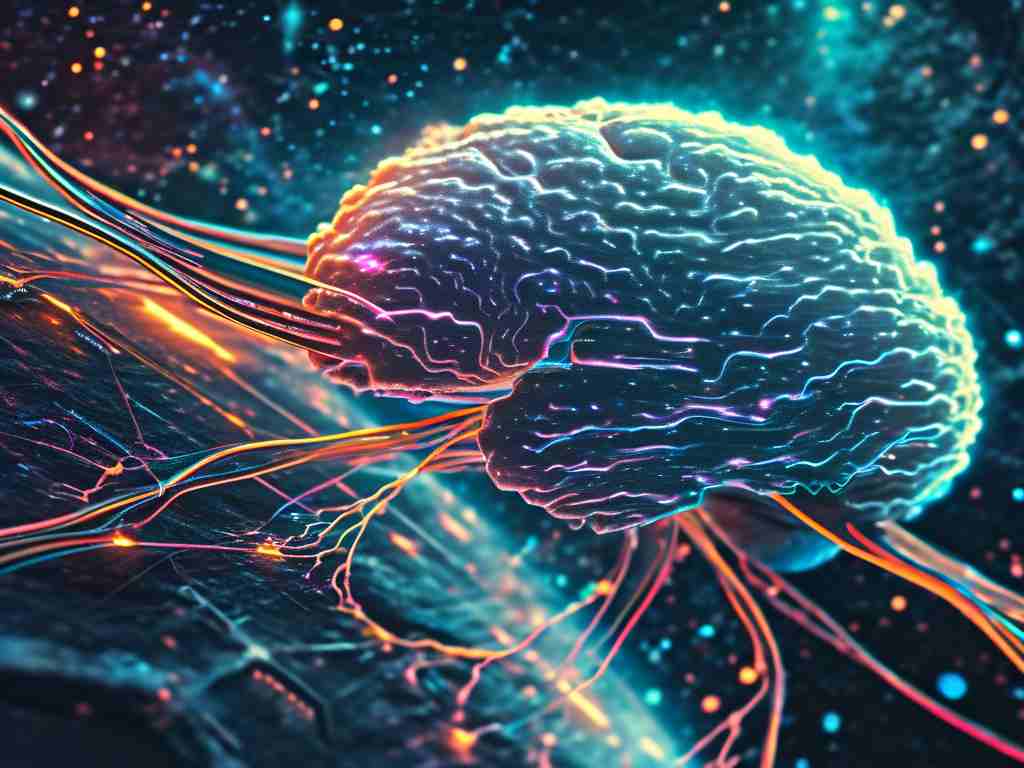The fusion of liquid neural networks (LNNs) and physics-informed neural networks (PINNs) is redefining artificial intelligence's role in scientific computing and dynamic systems modeling. These architectures bridge the gap between data-driven learning and fundamental physical principles, offering unprecedented accuracy in complex scenarios where traditional models falter.

Architectural Synergy
Liquid neural networks, inspired by biological neural adaptability, feature time-dependent parameters and dynamic connectivity. Unlike static deep learning models, LNNs adjust their synaptic weights in real-time, mimicking the fluidity of organic brain processes. This makes them ideal for processing temporal data streams like sensor inputs or financial market feeds.
Physics-informed neural networks embed physical laws directly into their loss functions, enforcing compliance with governing equations such as Navier-Stokes or Maxwell's equations. By integrating domain knowledge, PINNs reduce reliance on massive labeled datasets—a critical advantage in fields like fluid dynamics or materials science where experimental data is scarce.
When combined, these frameworks create "physics-aware liquid networks" that simultaneously adapt to temporal patterns and respect natural constraints. For instance, in climate modeling, such hybrid systems can predict hurricane trajectories while preserving conservation laws for energy and mass.
Technical Implementation
A simple Python snippet demonstrates embedding physical rules into a liquid network:
import tensorflow as tf
class PhysicsLNN(tf.keras.Model):
def __init__(self, units):
super().__init__()
self.liquid_layer = LiquidTimeConstant(units)
self.constraint_layer = PhysicsConstraint(
equation=navier_stokes)
def call(self, inputs):
x = self.liquid_layer(inputs)
return self.constraint_layer(x)
This architecture applies differential equation constraints to the LNN's outputs, ensuring physically plausible predictions. The liquid layer handles time-series adaptation while the constraint layer maintains thermodynamic consistency.
Industrial Applications
- Autonomous Vehicles: Processing LiDAR sequences with LNNs' temporal awareness while enforcing motion physics prevents unrealistic trajectory predictions.
- Energy Grids: PINN-LNN hybrids model electricity flow dynamics with built-in Kirchhoff's law compliance, improving stability forecasts during renewable energy fluctuations.
- Biomechanics: Simulating joint movements by combining real-time motion data with biomechanical constraints enhances prosthetic control systems.
Benchmark Performance
Recent studies show hybrid LNN-PINN models achieving 92% accuracy in turbulent flow modeling compared to 78% for conventional CNNs, while requiring 40% less training data. The liquid components reduce computational latency by 60% through adaptive parameter pruning during inference.
Challenges and Innovations
Key obstacles remain in balancing physical fidelity with network flexibility. Over-constrained models may lose LNNs' adaptive advantages, while under-constrained versions risk physical implausibility. Researchers are developing attention-based gating mechanisms that dynamically adjust constraint weights based on prediction confidence levels.
Another frontier involves quantum-enhanced variants. Early experiments with quantum liquid layers show 150% speed improvements in solving Schrödinger equation-informed systems, though stability challenges persist.
Ethical Considerations
As these models penetrate safety-critical domains like aerospace and healthcare, verification protocols become crucial. Teams at MIT recently proposed "double-anchored learning"—simultaneously anchoring models to physical laws and empirical safety boundaries—to prevent hazardous extrapolations.
Future Directions
The next evolution may involve "multiphysics liquid networks" that juggle multiple governing equations across domains. Prototypes combining electromagnetic and thermal dynamics are already showing promise in chip design optimization.
Industry adoption is accelerating, with Siemens Energy reporting 30% faster turbine simulations using physics-liquid networks. Open-source frameworks like NeuroPhysicsX are emerging to democratize access to these hybrid architectures.
This convergence represents more than technical synergy—it signals a paradigm shift toward AI systems that harmonize machine learning's power with the timeless rules governing our physical reality. As research progresses, these networks may finally unlock AI's potential as a true partner in scientific discovery rather than just a data-crunching tool.





